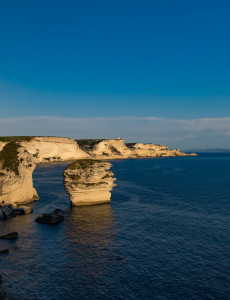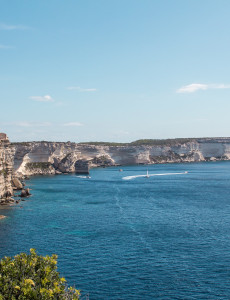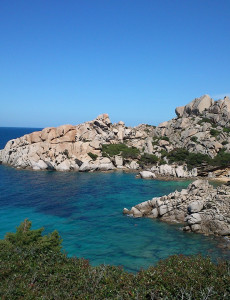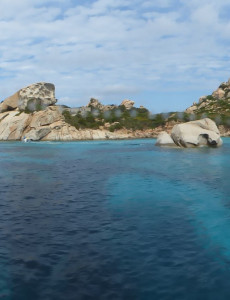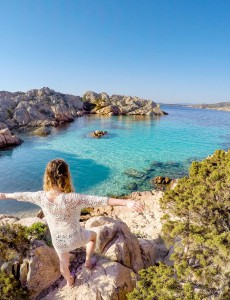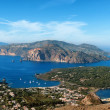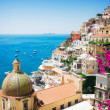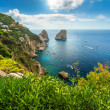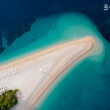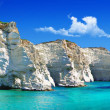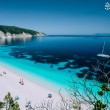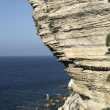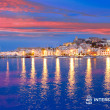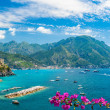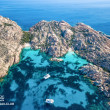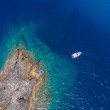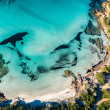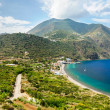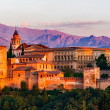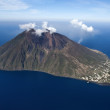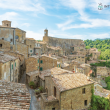
Sardinia
Sardinia Beyond the Brochure: Where Coastlines Whisper and Horizons Stay Wild
There’s a reason Sardinia often feels like a secret. Not the kind you guard, but the kind that reveals itself slowly—through scent, silence, and space. Arriving here, whether by sea or air, doesn’t deliver the splashy welcome of a tourist hotspot. Instead, the island greets you with restraint: cliffs worn by wind, juniper-covered dunes, and a horizon that always seems just out of reach. It’s not a place that shows everything at once. Sardinia waits.
From the north’s wind-sculpted granite coves to the southern shores where flamingos wade through coastal lagoons, every corner of the island feels distinct. In the east, the Gulf of Orosei carves fjord-like shapes into limestone walls, creating tiny beaches only accessible by foot or boat. In the west, empty stretches of sand give way to wave-beaten rocks, and the inland paths lead to hilltop villages that smell of myrtle and woodsmoke.
Travelers searching for a Sardinia travel guide or mapping out a Sardinia itinerary often arrive with a list—best beaches, what to do, when to visit. But the truth is, Sardinia resists lists. Its treasures are scattered and subtle: a half-ruined nuraghe silhouetted at sunset, a shepherd’s path that ends in a silent bay, or a trattoria you reach after an hour of winding roads and are never quite sure how you found.
Among the many things to do in Sardinia, the coast always draws you back. Sardinia’s beaches aren’t just beautiful—they’re elemental. Some are white and calm like La Pelosa, others wild and cinematic like Cala Luna, backed by caves and cliffs. But all share that rare quality of feeling unclaimed, even when they’re not.
The sea here doesn’t rush. It invites. And for many, that first glimpse of Sardinia’s coast is not the end of a journey, but the start of a deeper, slower kind of travel.
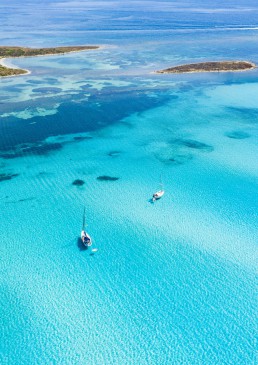

Sailing the Wild Edge: Coastal Journeys Around Sardinia
Sailing around Sardinia doesn’t feel like moving from place to place—it feels like moving deeper into a landscape that transforms with every curve of the coast. The island is vast, the second largest in the Mediterranean, but what defines it isn’t size. It’s the sheer variety of its shores. From craggy promontories to secret sandy inlets, the coastline of Sardinia unfolds like a hand-drawn map of lost treasures, best explored by boat.
On the northeastern side, the famous Costa Smeralda delivers exactly what its name promises—emerald waters, luxurious anchorages, and sculptural granite outcrops shaped by millennia of mistral winds. But the real reward lies just beyond the resorts: islands like Tavolara, a limestone monolith rising from the sea, and Caprera, where pine forests tumble down into translucent bays. This area is ideal for short hops and long lunches—a playground for Sardinia catamaran charter and Sardinia sailing cruise enthusiasts.
As you glide south, the rhythm shifts. Fewer marinas, more silence. In the Golfo di Orosei, dramatic limestone cliffs fall straight into the sea. Caves echo with lapping waves. Beaches like Cala Mariolu and Cala Goloritzé appear suddenly, carved by nature and reachable only from the water. These are not just scenic stops—they’re experiences that rewrite your idea of coastline. The underwater world is just as impressive: Sardinia snorkeling reveals vibrant marine life that’s best accessed directly from the deck of your boat.
Further west, Sailing Sardinia becomes even more adventurous. The wind grows bolder, the anchorages rarer. But this is where solitude and wild beauty reward those who explore with intention. From the volcanic headlands of the Sinis Peninsula to the quiet dunes of Mal di Ventre, the western edge of Sardinia is shaped for slow discovery. There are no shortcuts—just time, space, and sea.
Is Sardinia good for sailing? Absolutely. Its changing coastlines, reliable winds, and marine reserves make it one of the most compelling sailing destinations in the Mediterranean. Whether you're on a Sardinia yacht charter, joining a skipper charter Sardinia experience, or mapping your own course, the island responds with quiet power and breathtaking diversity.
With extensive knowledge of these waters, IntersailClub designs routes that tune into Sardinia’s natural tempo—reading the wind, choosing secluded anchorages, and curating moments that align perfectly with the landscape. It’s not about showing you Sardinia, but letting the island slowly reveal itself from the sea.
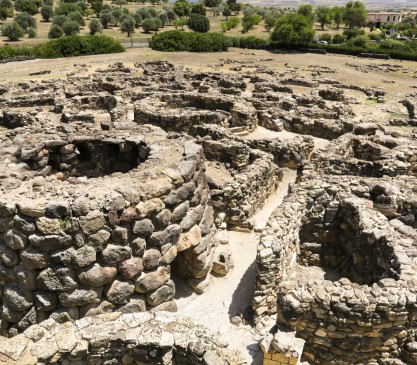
Tides of Culture: Sardinia’s Coastal Identity Through Time
Sardinia is a land shaped by the sea as much as by time. Its coasts have witnessed millennia of migrations, conquests, and commerce—each wave of the Sardinia history leaving traces that are still visible along its shores. The island's story isn’t just one of inland traditions or ancient ruins in the hills; it’s one of harbors, coastal towers, and seaside settlements that have always looked outward, toward the Mediterranean.
From the Phoenicians who founded port cities like Tharros, to the Spanish influence still echoing in Alghero’s Catalan architecture, Sardinia’s archaeology and maritime past have forged its unique identity. Along the coast, you’ll encounter medieval watchtowers guarding the horizon, tiny fishing villages preserving pre-Roman dialects, and stone-paved towns where seafood traditions go back generations.
One of the most striking examples of Sardinia life by the sea is Carloforte, on the island of San Pietro. Settled by Ligurian coral fishermen, this colorful town blends Genovese heritage with island rhythms. Here, the annual Girotonno festival celebrates tuna fishing traditions that have sustained coastal families for centuries. Music, boats, and open-air tastings turn the waterfront into a vibrant ode to the sea.
But Sardinia culture is more than architecture or cuisine—it’s also deeply tied to nature. Ancient nuraghi rise not far from turquoise bays. Coastal trails lead to shepherd huts and panoramic cliffs once used as lookouts. In the east, the Gennargentu mountains drop steeply into the Gulf of Orosei, blending land and sea in a way that feels both wild and sacred.
Experiencing Sardinia by boat offers a privileged view of this culture-in-motion. Sail past ruins only visible from the water, drop anchor near villages that still host summer maritime festivals, and listen to the silence of places where nature and Sardinia’s history coexist untouched. It’s not just a trip—it’s a way of entering the island’s living memory from its most ancient and authentic gateway: the sea.
Seasons of Wind and Water: When to Sail Around Sardinia
June is the hottest month in Havana with an average temperature of 27°C (81°F) and the coldest is January at 21°C (70°F) with the most daily sunshine hours at 11 in July. The wettest month is June with an average of 80mm of rain. The best month to swim in the sea is in August when the average sea temperature is 30°C (86°F).
Check all Statistics in AccuweatherAll destinations in Mediterranean Sea
-

-

-

-

-

-

-

-

-

-

-

-

-

-

-

-

-

-

-

-

-

-

-

-

-

-

